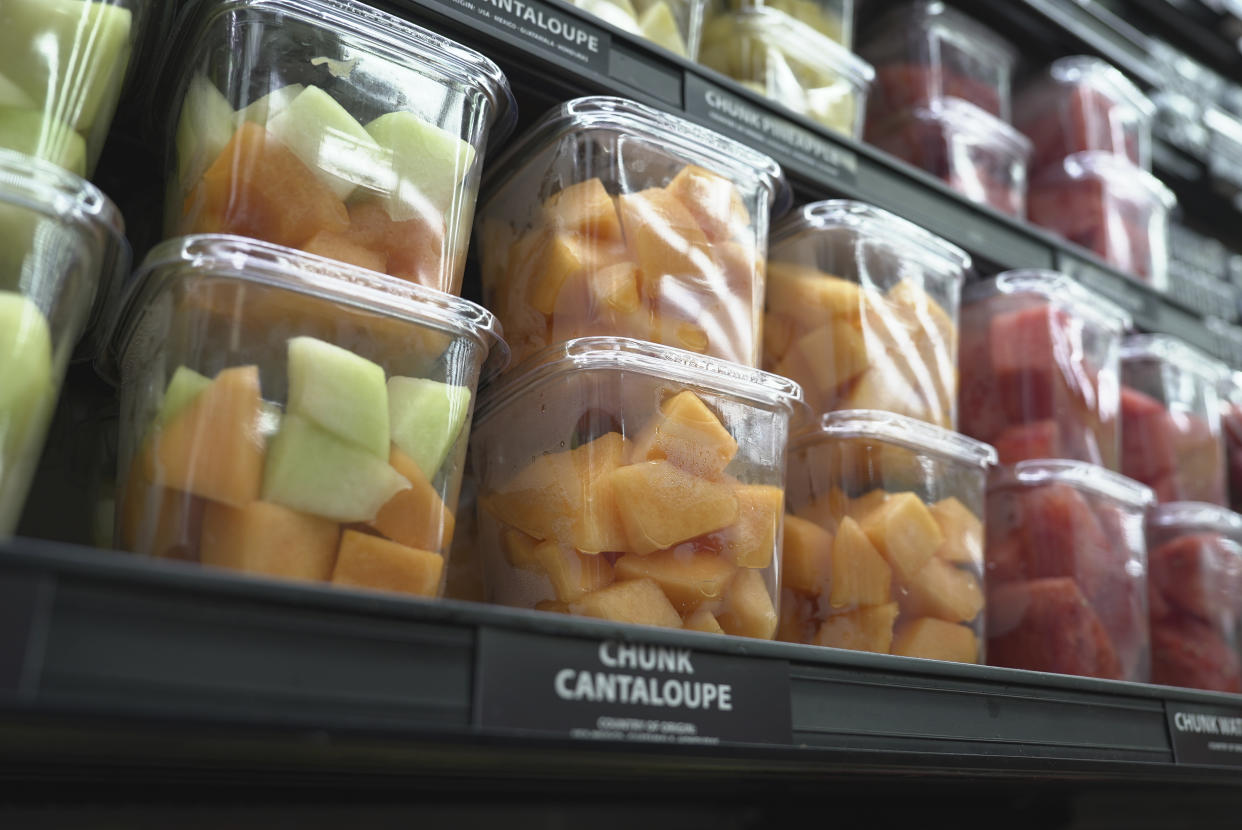5 signs inflation will soon be finished
It wrecked family budgets and drove President Biden’s approval rating underwater. But inflation, which peaked two years ago at 9%, is finally running out of steam.
The inflation rate dropped to 3% in June, from 3.3% the month before. From May to June, overall price levels dropped, the first month-to-month decline since 2020. There are still isolated hotspots, but inflation seems definitively headed toward the Federal Reserve’s 2% target.
Many consumers rightly point out that while the pace of price increases might be slowing, steep price hikes of the last two years are still there. Well, guess what: There’s actually deflation in some parts of the economy, and that’s likely to continue. Here are five things that should cheer consumers, even if the inflation battle isn’t quite over.
Goods are now dropping in value
Americans spend money in two broad categories, goods and services, and goods are returning to normal price levels. Overall, the price level for goods is now slightly lower than it was last year, with furniture down 4.6% year over year, appliances down 3.6%, and electronics down 1.6%.
Food prices are still rising, by a modest 2.2%. But that’s down sharply from the 11% food inflation of 2022. And retailers say they’re cutting some food prices as consumers cut back, which is the way supply and demand is supposed to work when prices get too high. Food prices will not fall all the way back to 2021 levels, but they will realign with incomes and what shoppers are willing to spend.

Rent inflation is finally improving
The annual inflation rate for rent is 5.1%, still fairly high. But that’s down from a peak of 8.8% last year, and economists think rents will continue to moderate and in some cases decline. The government’s gauge of rent inflation is weird because it doesn’t count new leases, and therefore doesn’t reflect real-world savings renters accrue when they sign a new 12-month lease for less than the last one. Other data shows that rents on new leases have dropped during the last year, and that is slowly filtering into official data.
“One thing that stood in this report was the moderation in rent,” Bank of America economists wrote on July 11 after the latest inflation data came out. They point out that rent trends have strong inertia, meaning that price declines tend to stick once they set in. “The bottom line is that inflation data are headed in the right direction,” the analysts concluded.
Drop Rick Newman a note, follow him on X, or sign up for his newsletter.
Cars are finally getting cheaper
New vehicle prices have fallen five months in a row and are down 0.9% from a year ago. Used car prices have been falling too, and they’re down 10.1% from a year ago. Car prices are still well above pre-COVID levels, but this is one category where prices could fall sharply if buyers dry up and dealers get stuck with too much inventory.
Car insurance costs seem to have peaked
Insurance premiums have followed the cost of new cars upward, since cars that cost more to buy also cost more to fix after an accident. But insurers are now putting on the brakes. Car insurance costs are up 19.5% year over year, but price hikes this year have been much smaller than in 2023. Some drivers may still face sticker shock when their premiums renew, since prices only reset when a new policy goes into effect every six to 12 months.
Consumers are less worried about inflation
A Morning Consult “price surprise” index has been declining steadily since last year, meaning that shoppers are noticing fewer price changes in the things they normally buy. That correlates with declining inflation and improving confidence. Consumer expectations of future inflation have also dropped sharply, and are now close to pre-COVID levels, which is to say, nearly back to normal. Most Americans don’t think inflation will be a problem going forward, which is important for the buoyant psychology the US economy depends on.
The inflation that remains is entirely in services, where prices are still up 5% year over year. But that is mostly concentrated in housing, which counts as a service and is getting consistently better, and in the aberrant figures for car insurance. There’s normally some exception to the favorable inflation trends that keeps consumers grumpy, but there are fewer and fewer of them.
Before long, Americans will have to find something else to bum them out.
Rick Newman is a senior columnist for Yahoo Finance. Follow him on Twitter at @rickjnewman.
Read the latest financial and business news from Yahoo Finance
